-
Posts
28 -
Joined
-
Last visited
-
Days Won
2
Content Type
Profiles
Forums
Gallery
Events
Yamaha Racing News.
Media Demo
Store
Collections
Classifieds
Posts posted by Bigwol
-
-
Bought Left and Right Yamaha mirrors this year, last year they were unobtanium, and my RH mirror was driving me nuts (vibration and rattles), suddenly this summer, the genuine Yamaha mirrors became available through dealers at about £45 ea, so I bought a RH mirror. Transformation - no vibes no rattles and clear vision. So I bought the LH one to match - same thing - now both perfect, and (having experienced the 'Pattern Quality' LH mirror for 6 months) there's no contest, OEM beats cheap Chinese replica hands down.
While I was at it, I took the RH mirror which rattled apart, and found out why it rattled! Genuine Yamaha, and the same age as the bike probably 25 Years old, behind the crazed discoloured mirror, I found 2 'pig iron' weights, rough bars of metal plus a lot of yellow dust.
I suspect that originally (and for all I know in the replacements which work so well), the weights acted as mass dampers, embedded in an expanded foam, which then disintegrated over time leaving the weights free to bang about inside the mirror, adding to, not reducing the vibration!
And yes - they were handed threads.
-
2 hours ago, mr bignal said:
on buying bikes, have actually owned a couple from new, in both cases they had serious engine faults just out of warranty, i did look after them, all oil changes done and they weren't especially thrashed or anything untoward like that, it left me with a reluctance to buy new again, my friend, motorbike andy, has a street triple which he bought from new and despite constantly going back to the dealers the faults have never been satisfactorily resolved.
True,
Dealer servicing was not always great.
In the early 1980s, my brand new Kawasaki Z750E went into West Brom Kawasaki for a service (they are no longer in existence - probably for the best!), and came out rather less serviceable than when it went in!
The drive chain tension had been adjusted, but the mechanic forgot to tighten the rear axle nut.
I can tell you that discovering a loose rear axle when accelerating enthusiastically past traffic on the dual carriageway is an extremely interesting experience,
and not one I would want to repeat.
-
 2
2
-
-
Mine may have been subjected to slightly less arduous conditions due to the constant stream of oil leaking from the oil cooler adapter seals, all over the underside of the sump, main stand, and suspension!
Seal now replaced, so I should probably look at the rear suspension this winter!
-
 1
1
-
-
My XJ600 was cheap to buy, I bought it for £600 as a misbehaving 'won't run in the wet' kind of project, from someone who had paid the same money for it a year or so before, and spent a lot on it including a new stainless Motad exhaust, new(er) secondhand forks, and various sundry parts and then tried (and failed) to get it through the MOT. At this point the previous owner lost patience with his 'project', bought a running, MOT'd Honda VFR800 and offered me the two wheeled, MOT-less paperweight for what he originally bought it for.
I like a challenge, but if I'd known just how much of a 25 year old, sound but poorly maintained motorcycle actually needs replacing to bring it up to scratch, I might not have taken it on.
Looking at the bike now it seems worthwhile, but when you're in the middle of doing battle with the mis-firing cantankerous oil shedding, fork leaking, clutch dragging pile of japanese 'reliable engineering' - there are days when you wonder why you started trying to mend it in the first place.
And don't get me started on the complete non-availablity of useful stuff like carb to airbox rubbers, and other parts Yamaha thoughtfully list as discontinued parts.
I have certainly spent well over the original purchase price of the bike on parts alone, and that is with me providing the labour for the fun of it. I was very lucky that the basic bike was sound, and un-bodged, everything I have serviced has involved, strip and clean, and replacing seals or consumable parts, rather than dealing with previous owner inflicted damage.
But I didn't know that when I started - it is truly a bit of a lottery,
-
 1
1
-
-
Where in the site should I post a 'how to do it' on XJ600 forks?
-
Can post chapter and verse, I've done them twice in the last year, thanks to using dodgy non Yamaha seals last year, which proved to be a false economy! The genuine Yamaha seals were much easier to fit, and keep the fork oil in better!
-
My XJ600 was 25 this week, and celebrated by passing its MOT.

-
 2
2
-
-
2 hours ago, alexasigno said:
Hi guys, sorry for the lack of updates and in the inconvenience in the board being down. You're right in that it's the not the same anymore with the amount of updates etc.
No idea why, but the amount of hacking attempts to our server significantly increases every year. Unfortunately with this I personally become liable for the protection of all the data, even though it's all just mostly shite
 I need to ensure that the site is fully secure, so our last big changes to the site were moving the site over to https.
I need to ensure that the site is fully secure, so our last big changes to the site were moving the site over to https.
The forum provider had released an update last week which caused an issue, as Drewpy mentioned the database is massive. The site has been around for over ten years and there has been over 40k members data we need to save.
They've released another security patch yesterday which was installed, I thought everything was working until I found out this morning it wasn't. I've let the tech guys know and they'll be looking into it.
@slice the support functionality is problematic, but that's not your fault. I think I'm actually going to remove it. The problem is I get hundreds a week from people on how to change their chain, line up their wheel, what tyre is best, how to trace a missing vin number etc.
The big issue is that we have around ~250k visitors a month to this site who are reading posts, and so many members who view but don't post. Really need to try and get these people more engaged.
The biggest problem was the generic error message, which looked like somebody hadn't paid the bill.
Then, on about Wednesday when the Forums came back there was no apology, or explanation - looked like nobody cared!
But If I can help, let me know.
Dave
-
27 minutes ago, Cynic said:
Oh, not that's not it, you have mentioned that part. Op said the unmentioned part which obviously isn't that is it.
Ooops!
I'll start again
Here's an imaginary picture of the unmentioned fork part
<----- PIC ------>
Better?
:-)
-
 1
1
-
-
You mean this unmentioned fork part?

-
My 1991 XJ600 has a cable speedo driven from the front wheel
Wheel here - including gear assembly Fowlers parts for Pre Div XJ600 wheel
Cables here (though Wemoto cable just as good and cheaper) Bars and Cable
Clocks here (though either discontinued or prohibitively expensive - try a breaker) Meter
Good luck in your quest
-
All tested - using Waze as the Android navigation app, for turn by turn voice navigation, worked perfectly.
I switced on and the headset which immediately connected as it was recognised as previously paired with the phone, then ran my favourite navigation application Waze with the screen brightness turned down (no point having it bright - I wasn't going to see it anyway), with the phone placed back in my jacket pocket out of the weather, leaving the dimmed screen on.
Despite being in my pocket, the GPS worked flawlessly, keeping up with my position and giving timely "at the next roundabout, take the third exit" type instructions.
Volume more than adequate for the kind of speeds you make turns at, if slightly quiet for 70mph motorway speeds.
All in all a very good £12 worth.
-
 1
1
-
-
9 hours ago, Airhead said:
I beg your pardon
I never promised you a rose garden!
-
 1
1
-
-
Got bored and while mooching around Android looking for cheapo Motorcycle helmet speakers, found a rechargeable, Stereo Headset with full Android and iPhone compatible Pairing with good reviews at £12.

Here's a link
It looked like it might fit, so I bought one - after all, if it all went pear-shaped I would be down a bit over a tenner, if not . . .
Here's the result

We stab it with our steely knives, Then we smash it all to bits! (Apologies to Smash).
It came apart pretty easily, the wires linking the speakers and battery across the headband were pretty tangled and were threaded through the plastic bits, so they would be replaced with better quality wires from a 99p USB cable pushing the cost up to £13 . .

These bits are destined for the bin.

Here are the bits we need - two speakers, the circuit board with Bluetooth, USB changing socket, amps switches etc, and the rechargeable battery (2hrs to charge, with 20hrs playback time - sounds reasonable)

Only six wires to re-connect, Left Speaker + and -, Right Speaker + and -, and the battery + and -, not exactly rocket science! I love VLSI - all the hard stuff is in the chip . .

Lop the USB cable into the right sort of length, and tidy up the wires with a bit of heatshrink.

Nice new USB cable wired in, with all solder connections made and insulated where required - velcro on the back of the speakers, the battery and the circuit board - time to put the earmuffs back on and stuff it into the helmet

That all went well, speakers velcroed to sides and battery and PCB located under the cheek padding with the cable running under the rear padding.

All tidied away under the padding. - Time to test - fire the beast up and pair it with the Phone.

We have ignition - all paired OK and works fine with reasonable volume - the only thing to do now is road test it, but it's definitely time for a beer, so that will have to wait for another day.
Happy New Year to you all
Dave
-
 2
2
-
-
On 18/12/2015 at 2:38 PM, mrcbody said:
it looks like broken aluminum in the pic of your clutch plates...where did that come from?
(just asking;)
Nah, just broken newspaper ruffled up with the scotchbrite while working on the steel plates. No alloy was hurt during the refurb of this clutch :-) . .
(if I don't use newspaper when sanding stuff, the kitchen table gets refinished in a way that upsets SWMBI).
Happy New Year to all !!
-
59 minutes ago, YamaHead said:
Nice Work on the carbs!......

Remember going through mine a few times on my old XJ....... Great Bikes!.......put over 130k miles on mine

I can't quite strip and rebuild them blindfolded - but it's close. And I even know where both the detent balls, and their teeny weeny springs go - (apart from under the fridge, that is)!
-
 2
2
-
-
49 minutes ago, drewpy said:
sweet, where did you get the ignitech from and how much?
Contact - Jiří Krejzl
Email At [email protected]
Website here - with all contact and product info.
Their English is way better than my Czech,
Bought their ignition SPARKER TCIP4 - standard - plugs made for XJ600 1991 - including USB serial comms 9pin port and serial to USB adapter
It came to EUR 174, which at the time worked out to around GBP 130
True plug and play - and great service from ignitech
Give them my best regards if you talk to them!
-
 1
1
-
-
Bought as a bike which wouldn't start in the wet, with no MOT in Nov 2014 - it's taken me almost exactly a year to work through the things that needed sorting - these included a fuel system clogged with jellied ethanol, a suspect TCI box (replaced with Ignitech unit), carbs that needed a thorough overhaul, exhaust fitting and stud problems, and a dragging clutch.

Jellied Carb Float Bowls

Main Jet needed a clean

Mikuni BS32 Carb jigsaw

You could eat your dinner off these now!

The end result

-
 3
3
-
-
My 1991 Pre diversion XJ600 now runs well, after sorting out the carbs, ignition and exhaust problems - see elsewhere for details - and as I was starting to use it, the one remaining bugbear was that gear selection was very clonky into first, tended to drag with the clutch pulled in and the bike in gear, and last but not least - when the bike was fully warmed up it was next to impossible to select Neutral from either first or second when at a standstill - eg in a traffic queue or waiting at the lights.
As I said at the time - "The clutch works OK, but drags enough to make selecting neutral on a hot engine very difficult. I should probably just change the oil, but I don't know the state of the plates, and given the things I've found elsewhere, it's worth a look just in case - could be a warped / burnt plate!"
So I drained the oil and took the clutch plates out.

The oil drained out was slightly dark - though it had only been used for 500 miles it was 12 months since its last oil change. The clutch plates themselves seemed in good order.

The steel plates had imprints from the friction plate pads, and had a varnish-like coating, as seen above on the left, on the right are some of the same plates cleaned up with scotchbrite scouring pads - they all came up like new, and were unburnt and with no warping.

The pull rod and bearings had brown deposits on them, but the roller bearing was smooth and unpitted - so after cleaning, they were reused. All springs were the same length as each other, and although out of spec (free-length out of tolerance according to haynes) referring tp the Clymer manual, they were fine, and since the clutch wasn't slipping, and the lever pressure seemed fine, the springs were aso re-used. The friction plates were all 3.0 mm exactly to spec, and seemed in good condition, so they also went back in.


The only things I took off were the clutch cover, pressure plate, springs and bolts, pull rod and wafer bearing, and the plates themselves. The clutch basket was in good order with no notching, so I left it where it was - no point making work!
Once the clutch was back in, with a fresh gasket and everything torqued up (8Nm for the pressure plate bolts, 10Nm for the allen bolts holding the cover on), The oil filter element was renewed (Though the old one looked fine, it would be stupid not to change it for the sake of £6).
2.6 litres of Silkolene Super 4 10w-40 semi-synthetic 4-Stroke Motorbike Oil went in and the clutch cable was re-attached and adjusted.
The transformation was dramatic. There was much less of a clonk on selecting first, there was no clutch drag at all, and neutral could be selected easily at a standstill. My test run out coincided with nose to tail traffic on the M6 South past Walsall, and the bike remained faultless despite a 20 minute crawl to the M5 south exit, when the queue evaporated.
Result! No parts replaced, and for the sake of a bit of elbow grease to remove the sticky deposits of varnish on the steel plates, and a quick rub on 600 grit wet and dry for both sides of the friction plates, plus an oil change, the bike is now well mannered and a joy to ride in traffic, without the numb clutch hand previously experienced when having to hold the clutch in when queuing in traffic.
Job done!
-
 4
4
-
-
Scottoiler with Blue Oil - adjust and arrange for the oil to be dispensed against the rear sprocket - seems to do the trick and saves worrying about it.
-
I got into this Yamaha owners thing by accident last year.
A friend of mine had bought a 1991 Yamaha XJ600 Pre Div in 2013, spent a year trying to get it to run, and partially succeeded - (It might deign to run when the weather was dry), but he got fed up with it refusing to run if there was even a smidgen of moisture in the air.
The straw which broke the camel's back, was the day it was booked for an MOT and, (it being a rainy day) the thing wouldn't start.
Various teddies were thrown out of prams, and my friend said, "if you want it, you can have it for what I paid for it, I've had enough!"
Since said friend had just replaced the exhaust with a Motad 4-1 and replaced the front forks for an (allegedly) better pair. it seemed like a reasonable offer, so - never being one to refuse a challenge, I bought it, and christened it 'the two wheeled paperweight',
The XJ600 wa un-MOT'd, so I SORN'ed it, and had it transported up the M5 by van, and dropped off for further investigation.
True to it's reputation with my friend, the XJ600 flattened two batteries trying to coax it into life, and remained sullenly unstartable. Checking out the options, revealed that the fabled 'igniter' - or TCI box, was high on the list of suspect parts, - as my checks showed that the primary and secondary resistance of the coils seemed OK, the plugs were brand new and there seemed to be plenty of fuel sloshing around.
So I bought an Ignitech TCI-P4 transistor ignition unit from Ignitech in Czechoslovakia, (nice guys!, recommended), and plugged it in, (having charged the battery in the meantime). This resulted in much more spluttering, and half hearted attempts to run, though still sounding very much like it was trying to run out of petrol.
So the carbs came out, while I looked up 'how to service Mikuni BS32 carbs'. The wildlife I found in the carbs was unbelievable! Each float bowl was half full of a red jelly like goo, (ethanol problem?), and each jet and filter was clogged up with the same sort of crap. To be honest I couldn't see how the thing had fired up at all, with the crud in the carbs,right through from the float bowl, through main jet, pilot jet and enrichment assembly.
Over the next couple of months I became rather more familiar with the internals of Mikuni BS32 carbs than I had intended, but eventually reached the stage where all the o-rings had been replaced and things looked pristine, and all the important little places had been blown through with carb cleaner, so, after linking the carbs back up into a bank of four, and solving the mystery of where the 3mm detent balls, springs and 'choke rod' assembly went, I had something which looked like it should work.
It sort-of did, - by which I mean that it ran on three, with number 4 cylinder refusing to join in. Stripping the carbs again revealed nothing nasty, so I put them back in, fired it up and this time, number 3 cylinder was the one not playing.
Since the coils were 1&4 and 2&3 I thought I would find out whether we had an ignition problem or a fuel problem, and switched the LT input to each coil, and also swapped the plug leads, effectively changing the coils over betweenom 1&4 and 2&3, The problem stayed with number 3 cylinder. Definitely fuel then! Stripping the carbs a third time, showed some crap in the air jet in Number 3 carb looking curiously like foam rubber crumbs. Remembering that the airbox foam seal looked on its last legs, I went through the airbox and intake side with a damp cloth and a vacuum cleaner, hoovering all the crap out between the (new) air filter and the carb intakes.
Success! Now running on all four and sounding more like a bike.
Running through the rest of the MOT checklist, I got to Fork Seals, and found that the right hand fork seal was oozing grey oily stuff whenever the forks were compressed, and the dust seal looked very rough (gnawed and a bit rusty!!). Just how rough was revealed when I stripped the forks down, the retaining clip holding the oil seal in each fork leg was corroded in place having turned to rust, the fork oil was a horrible shade of worryingly metallic grey. Fortunately new fork seals, proper (Pink?) Fuchs fork oil, and retaining clips restored leak-free operation to the forks.
So, having got to the end of my MOT'able checklist, and got it running, I insured it, and put it in for the MOT, which it passed, - the two wheeled paperweight is now back on the road!
Having put a couple of hundred miles on it since the MOT, my observations are that the riding position is comfortable around town and on motorway, and it is easy to handle in traffic, allowing feet-up trickling along in Birmingham rush hour traffic. There is no lack of power on the motorway either, with 70mph coming up at around 5000 - 6000 rpm.
It seems a bit 'buzzy' though with vibration through the bars making 70mph less of a 'cruising speed' than I would have expected.
Do they all do that? I had previously heard that Yamaha 600 Fours had a reputation for being smooth engines . .
Based on my previous (Kawasaki) experience, this seems to be unjustified - I would class it as unrefined and a bit rough round the edges, though with decent power on tap.
I'm sure I've got a lot to learn yet, - the Clutch / Oil Pump is next on the hit list, as there's also a vibration from that area, I understand that the Oil pump drive gear pin can become worn allowing the gear to move about more than it should . . All advice very welcome on that, or any other vibration related subject. I've vacuum balanced the carbs as well as I can, but the idle (1200 rpm) still sounds more thrashy and tractor like than I think it should.
Anyway - Nice to meet you all.
I'm in the Birmingham area, so would be happy to meet up with fellow Yamaha fans in the Midlands.
Cheers
Dave
-
 2
2
-



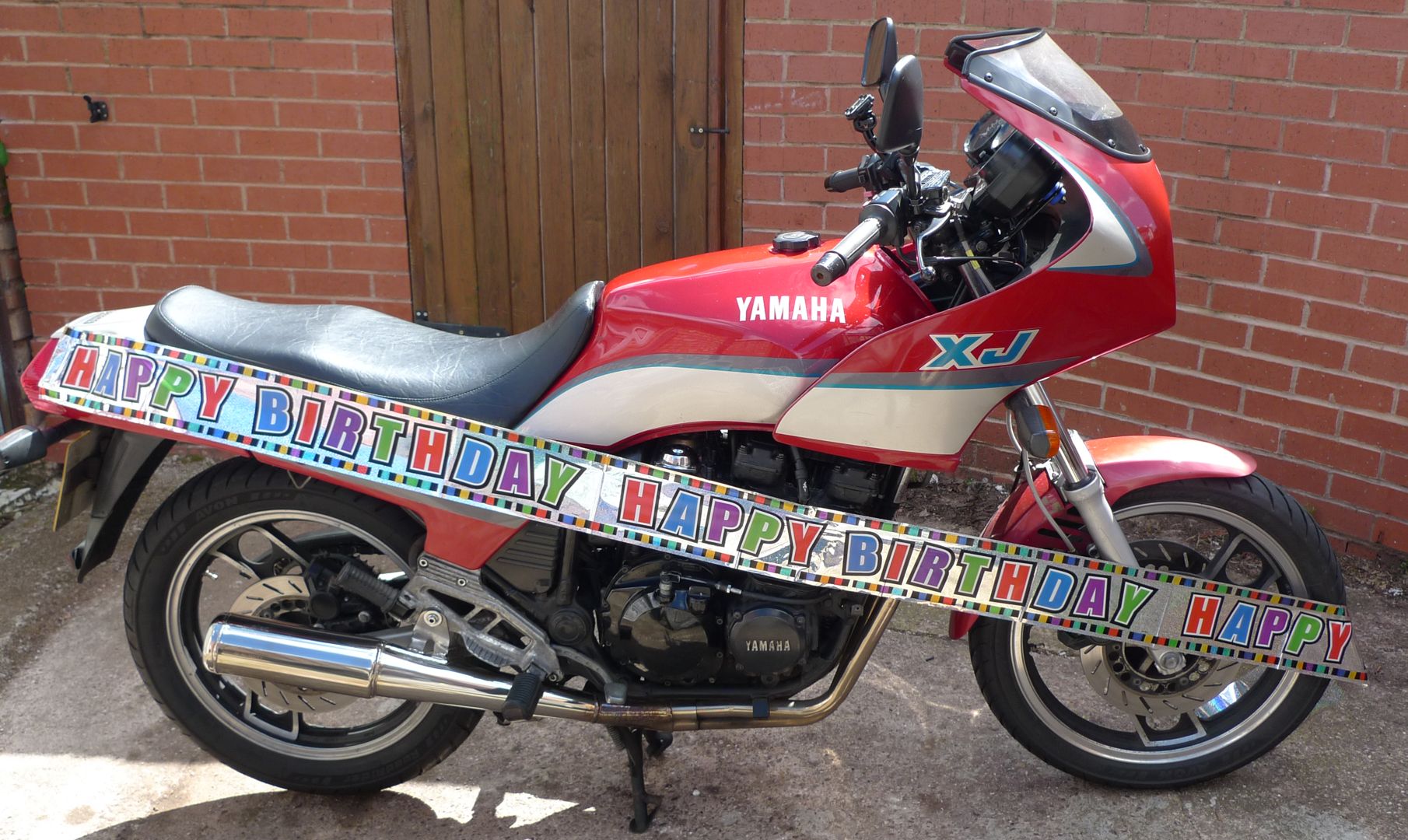

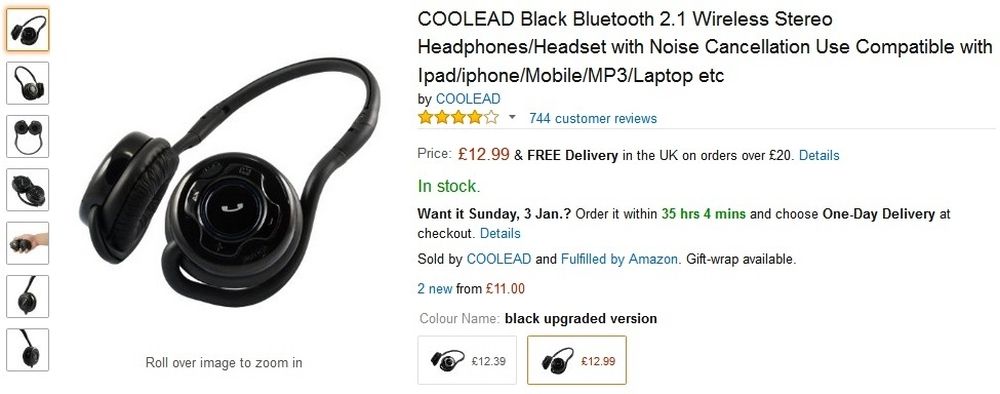
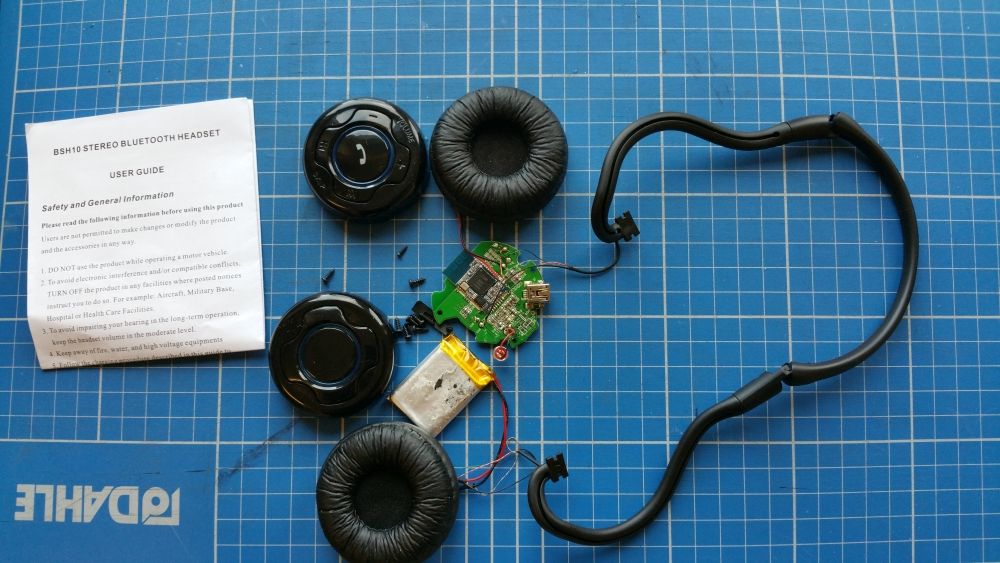

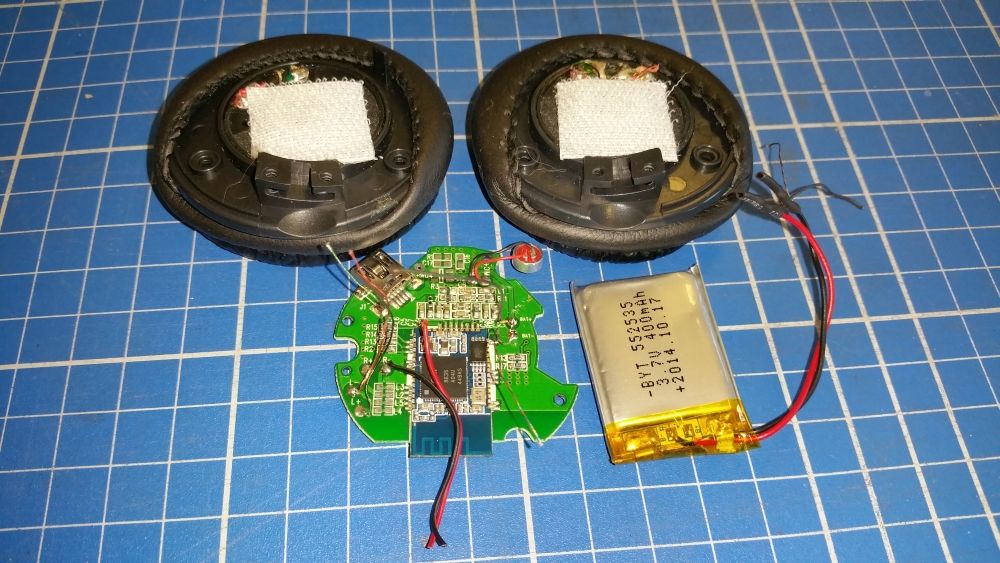
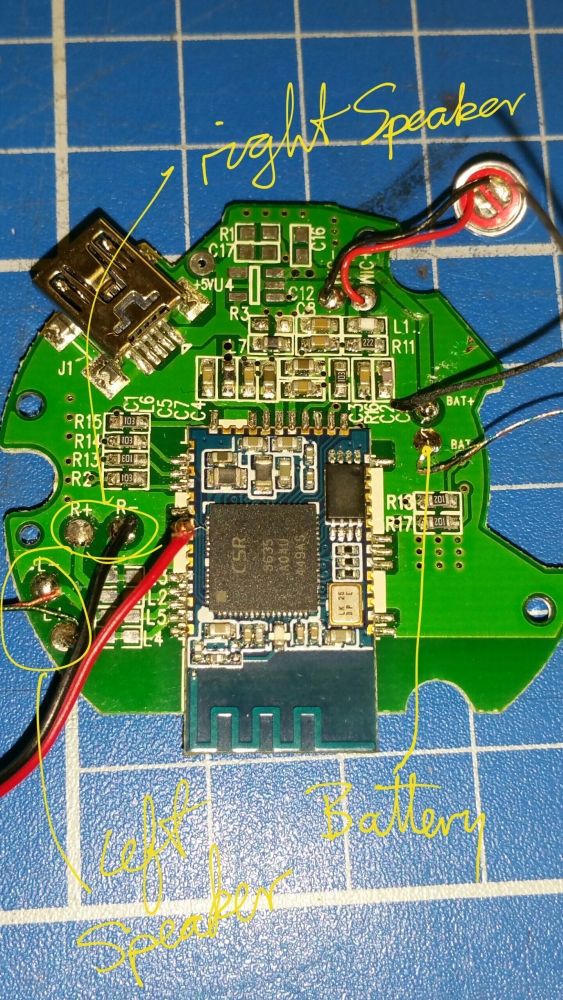
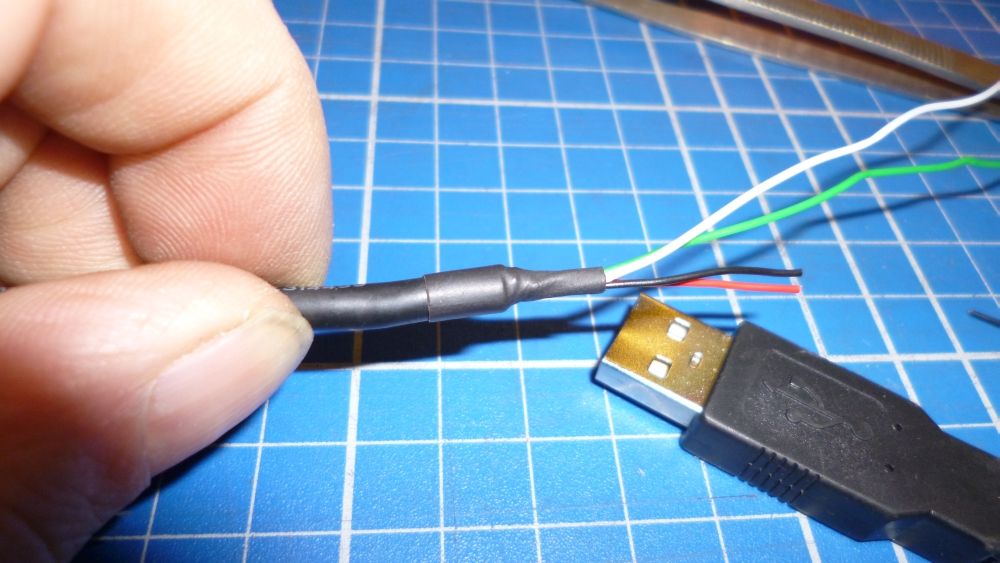


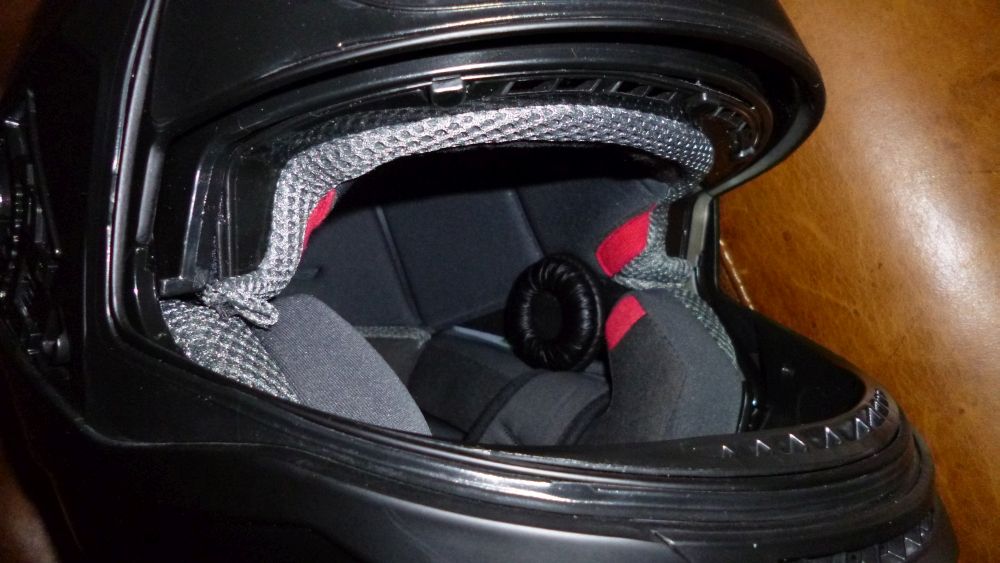
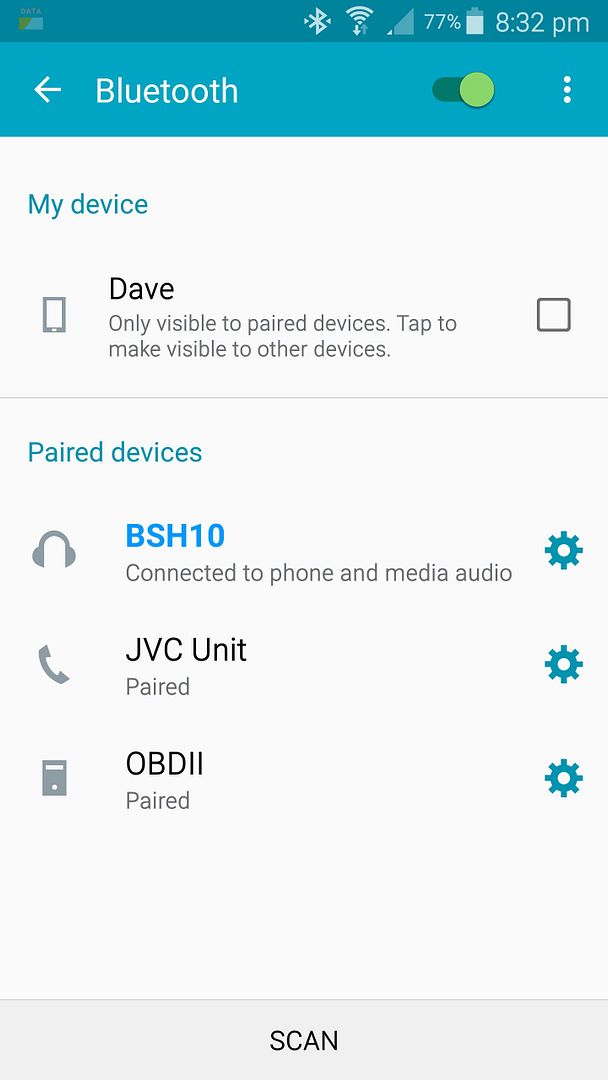











Hello - Newbie Pre-Div XJ600 virgin saying hi . .
in New Members Welcome Area
Posted
Carbs now balanced and idle mixture sorted, now well behaved.